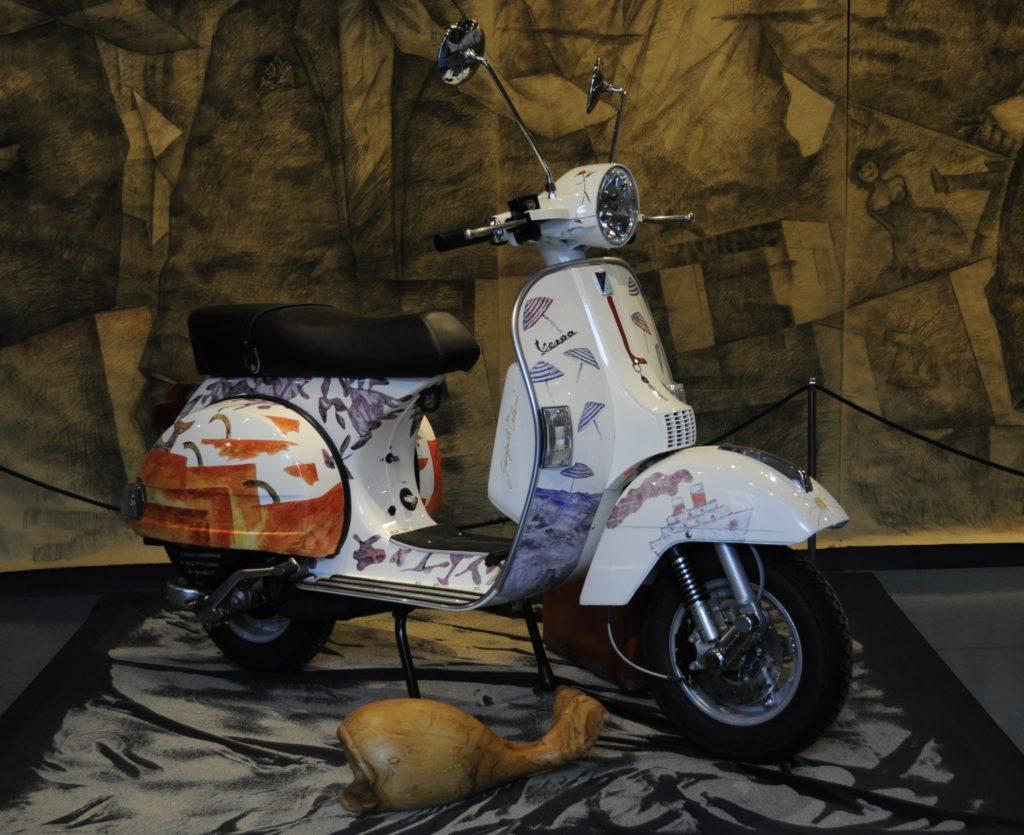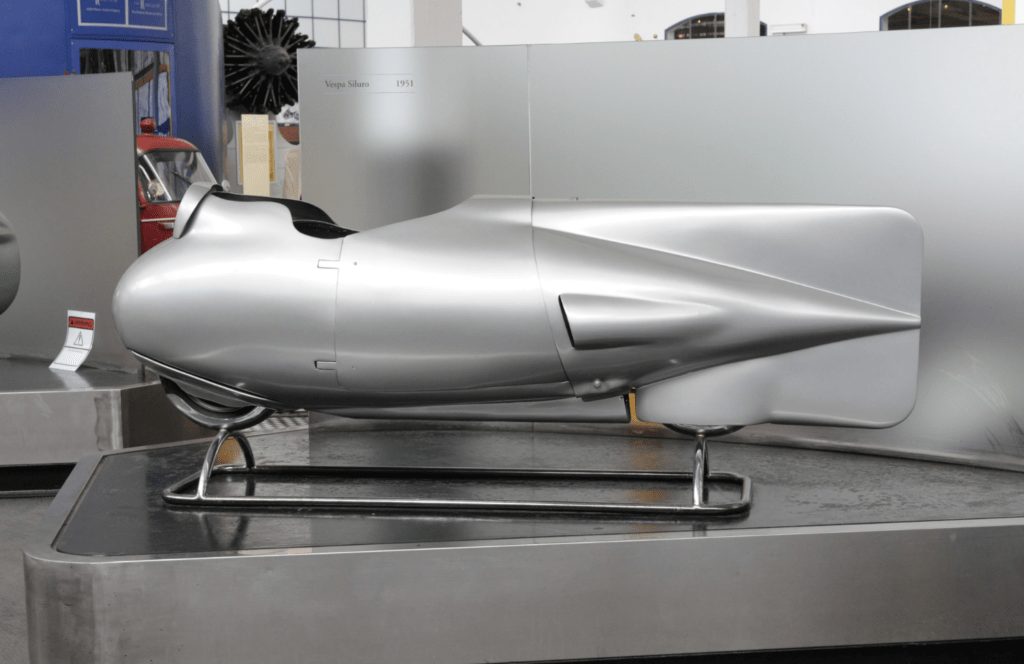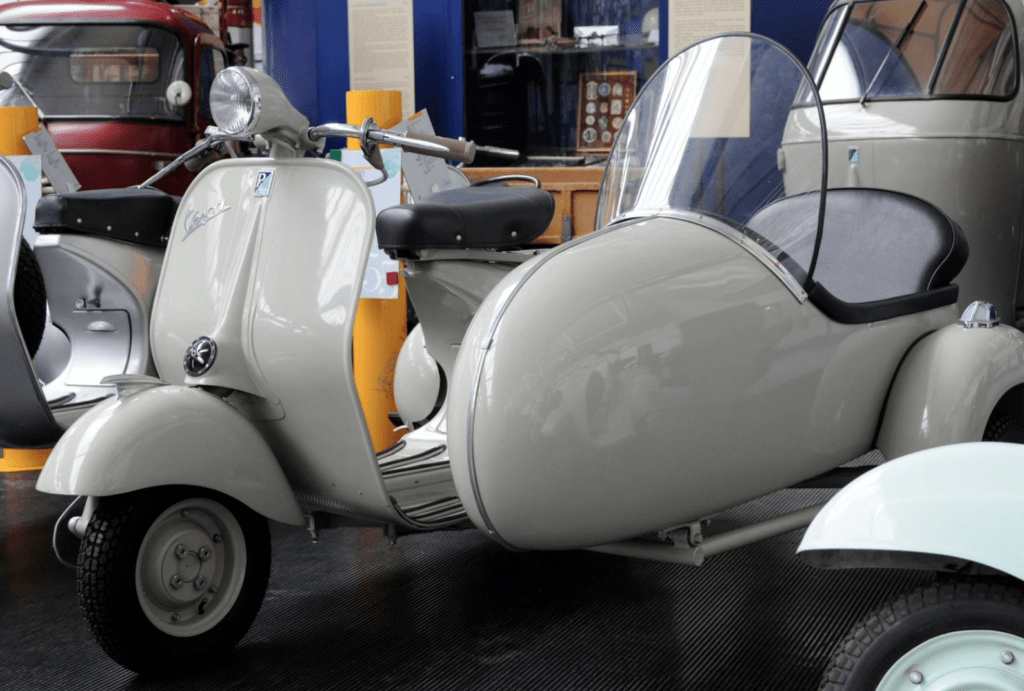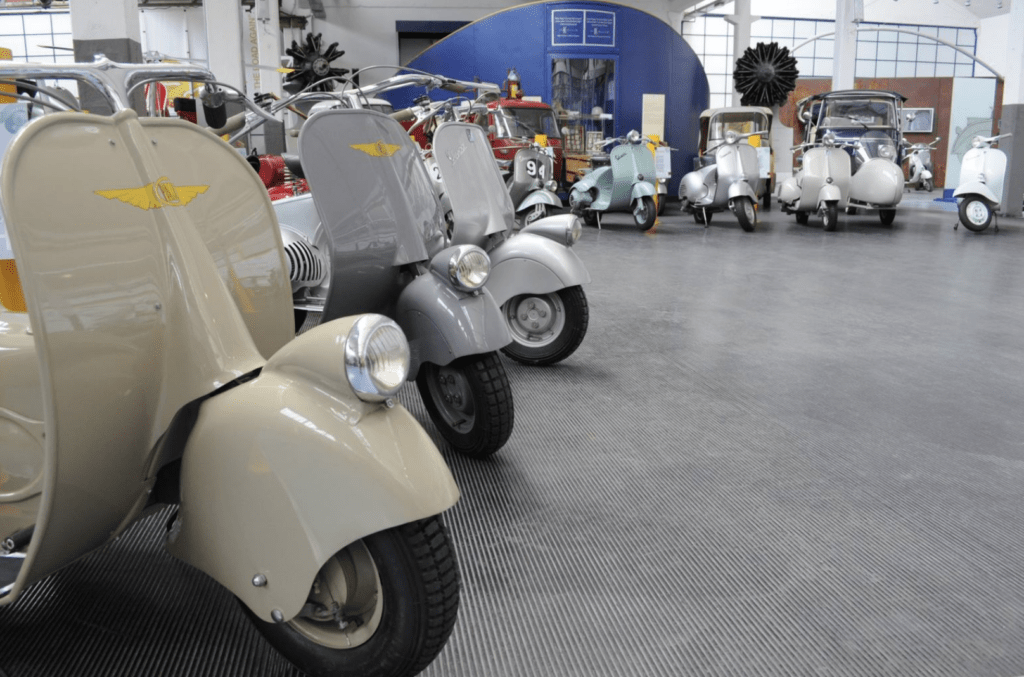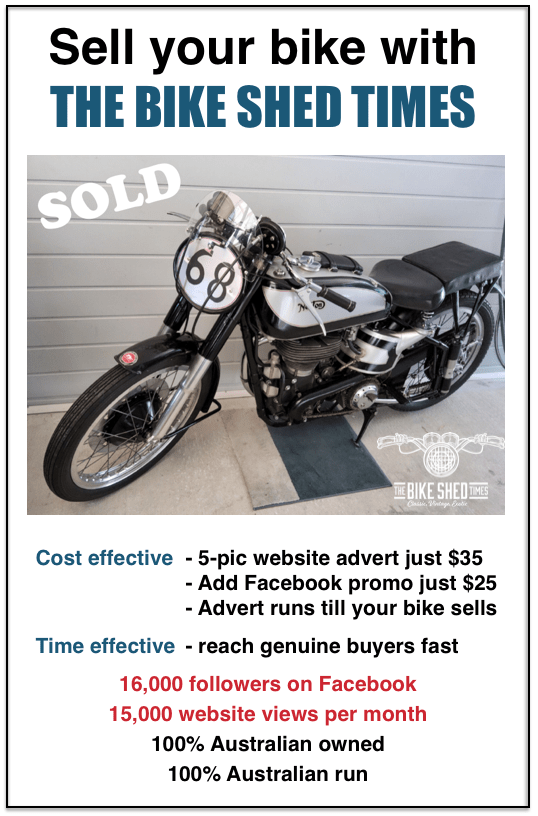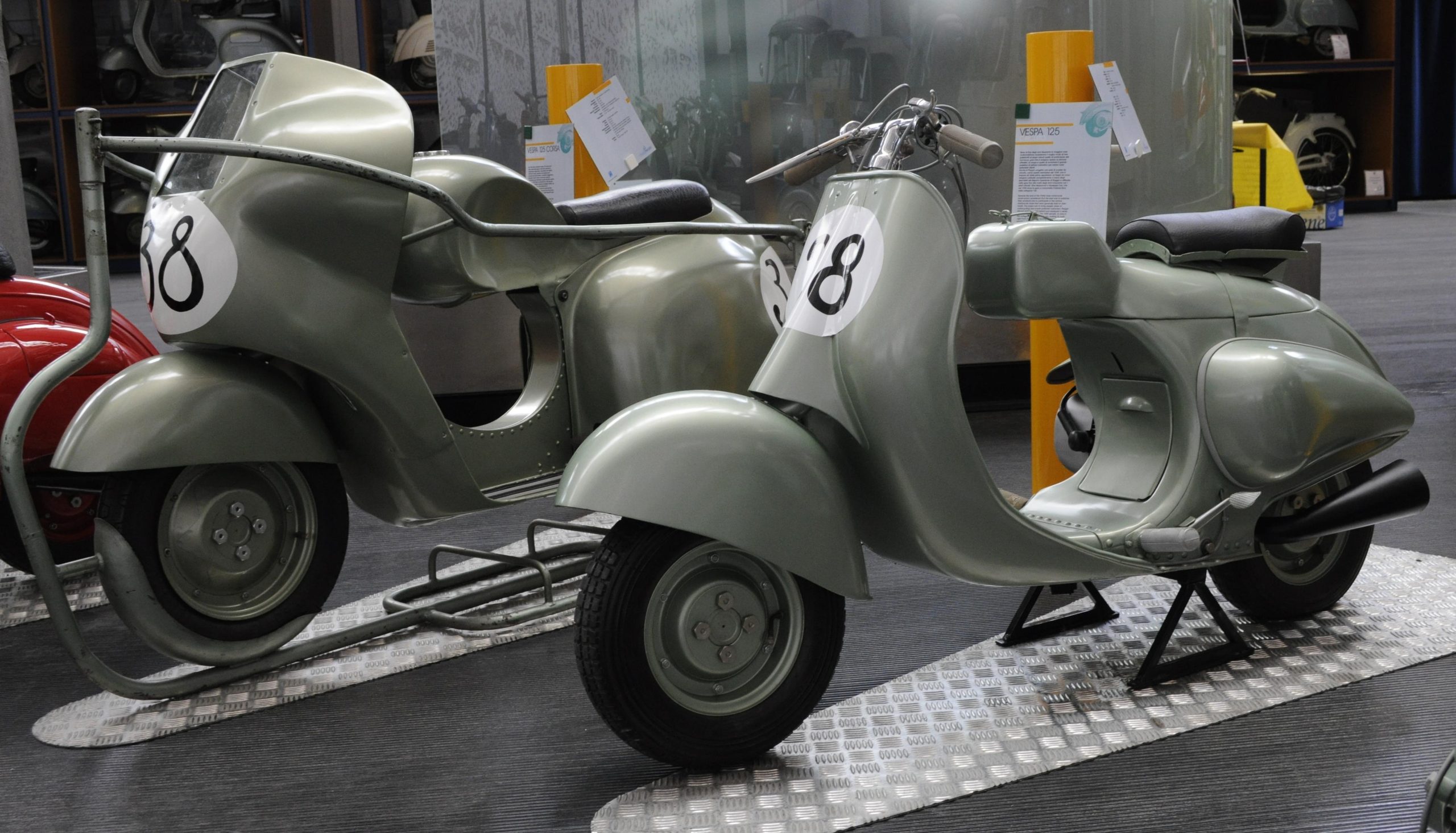
THE way I see the world, there are two types of travellers — the planners and the wanderers. I’ve known plenty of both. Come to think of it, I’ve been both at different times.
The planners spend as much time organising their holidays as they do taking them. Maybe longer. They leave home with an itinerary that would impress an American Presidential campaign team. I once knew a young lady who researched the opening and closing time of selected clothing boutiques on a stretch of swanky Fifth Avenue in New York to make sure she could squeeze in a visit between the museum and the (already-booked) restaurant dinner three blocks away … a month before she left Australia.
Another chap I know always pre-books his caravan park accommodation months in advance, and not before he Google-Earth’s the place at ground level, ‘walking’ around the park with his computer mouse to choose the best site for his van.
The wanderers, on the other hand, only plan those things that must be planned — an airline ticket (return, sometimes), the first night’s accommodation, and very little else. From that point forward, it’s all serendipity. I knew another chap who decided, late at night after many beers at a party in Perth, to join two others on an impromptu road trip. When he awoke on the back seat of a Holden station sedan many hours later, he was beyond Kalgoorlie and heading for Adelaide. Not so much as a toothbrush did he have. He didn’t return to Perth for three years. True. A serendipitor of the highest order.
Mrs Postman and I have become less the wanderers and more the planners as the years have passed, but we still enjoy nothing more than stumbling upon unexpected pleasures when we travel.
Which takes us to the Piaggio Museum in Pontedera, northern central Italy.
We were staying in an early 1880s olive mill converted to accommodation near Buti in the Tuscan region of Italy. We were slowly making our way from Florence to the Cinque Terre on the Italian Riviera, but we weren’t in any hurry. Googling local attractions, we discovered that we were less than half an hour from the Museo Piaggio.
We already had the Moto Guzzi museum on our itinerary (another story, some time …) but Piaggio had not been on our radar.
With a day to spare, we aimed the little turbocharged Fiat southward.
Italians are a stylish lot, they really are. And from the moment you arrive, the Museo Piaggio feels more like an art gallery than an automotive museum. The day we visited, there were lots of trendy youngsters — possibly late high school or early university age — perhaps on a formal excursion. Their oh-just-so hair styles and clothing added to the art gallery mood, as did their endless selfies and good-humoured robustia.
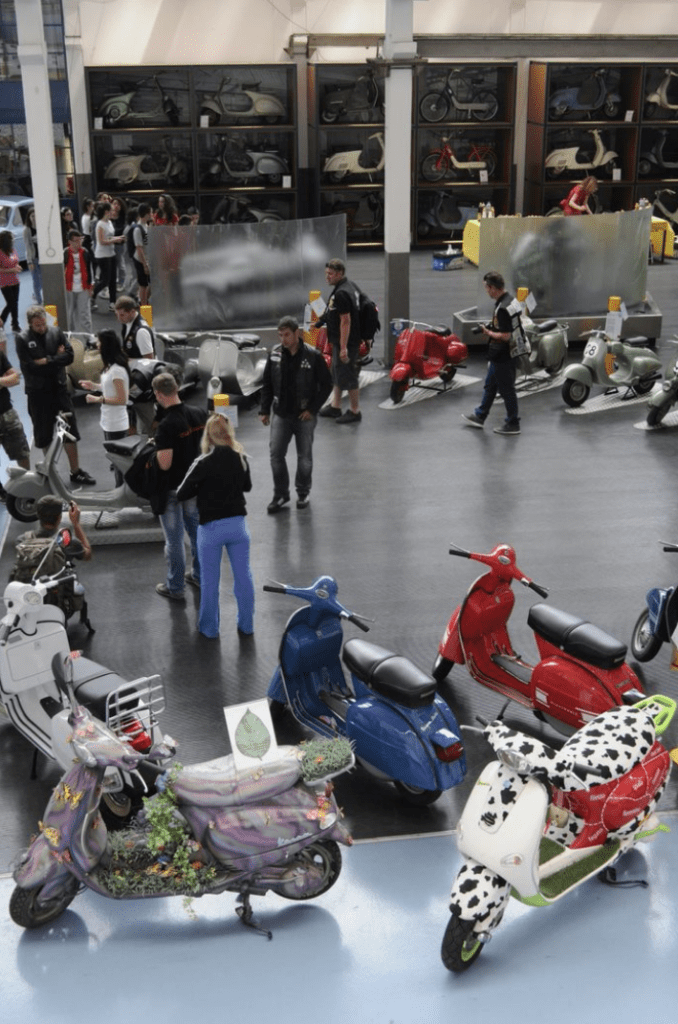
Piaggio has a fascinating history. Founded in the 1880s as a manufacturer of locomotives and railway carriages, it became a producer of bomber aircraft during World War II. This was not welcomed by the Allies, who then bombed the company’s Pontedera headquarters and factory to smithereens. As one does.
When Italy dusted itself off after the war, Piaggio boss Enrico Piaggio decided Italy didn’t need any more bombers or trains. What it needed was a cheap form of transport. Something that could carry two people and the day’s shopping, and get you to the shops and back without getting your chic trousers, or your chick’s blouse, dirty.
When his aeronautical-engineer-turned-scooter-designer unveiled his prototype, Enrico liked what he saw. “It looks like a wasp,” he said.
And so the ‘Vespa’ was born. One million were sold within the next decade. Another 15 million have been sold since. Good call, Enrico.
The museum proudly tells the tale of the Vespa (and other Piaggio products through the years), but it doesn’t tell the story like an engineer or an investor. It tells the story with the passion of an Italian artist.
If you happen to find yourself wandering about Tuscany, put Pontedera and the Museo Piaggio on your itinerary. Or not. Maybe just stumble across it.
